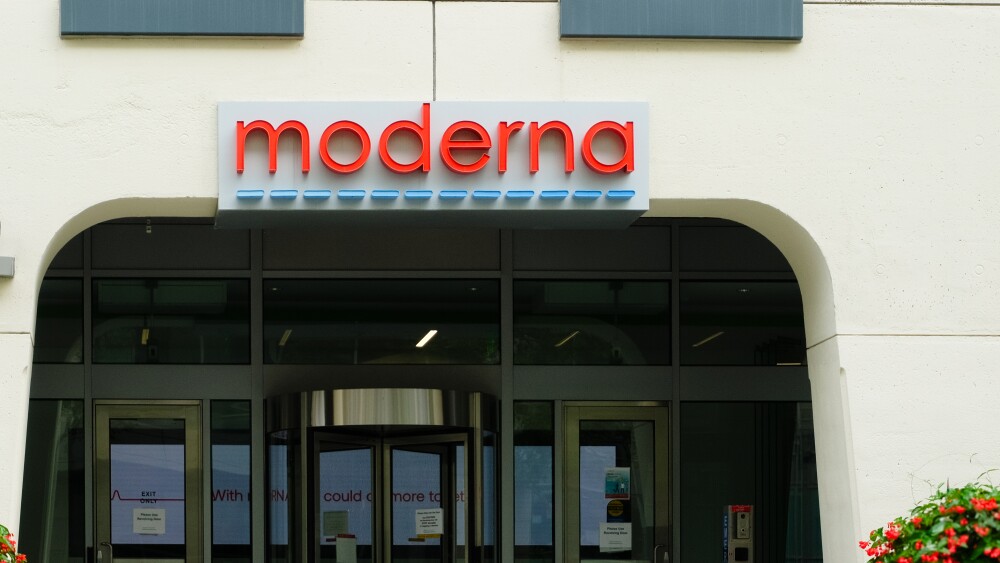As competition with Eli Lilly heats up, Novo Nordisk has partnered with Flagship’s Metaphore Biotechnologies to take a biomimicry approach to GLP-1s.
Novo Nordisk on Thursday entered into a research collaboration agreement with the Flagship-founded Metaphore Biotechnologies to develop up to two next-generation GLP-1 receptor agonists for the treatment of obesity.
As per the terms of the deal, Novo will hand over up to $600 million in upfront, development and commercial milestone payments, and will reimburse R&D costs. In addition, Metaphore will be eligible for tiered royalties on annual sales of approved products that come out of the collaboration. The Danish pharma has also agreed to participate in a future financing round that Metaphore holds.
In return, Novo will gain access to Metaphore’s proprietary MIMIC platform, which can copy the interactions between molecules, to develop multitarget investigational therapeutics that can activate the GLP-1 receptor and affect related pathways, according to Thursday’s news release. These candidates will be designed to have scalable, long-acting effects.
Metaphore’s MIMIC platform will support the development of these next-generation GLP-1 candidates by creating high-resolution maps of what the biotech calls the “pharmacophore,” or the essential features of a molecule that can kick off a specific cascade. MIMIC then uses these pharmacophores as bases for novel therapeutic candidates, whose characteristics can in turn be fine-tuned. For instance, MIMIC-designed compounds can have better specificity and selectivity for their target or have multiple affinities, longer half-lives and other similar functionalities, according to Metaphore.
Uli Stilz, head of the Novo Nordisk Bio Innovation Hub, said in a statement that Metaphore’s MIMIC technology has “impressive accuracy” at capturing the natural dynamics between molecules at their point of interface, “potentially leading to therapeutics that require infrequent dosing.” Thursday’s deal will allow Novo to also apply a machine learning approach to obesity management, Stilz added.
Leveraging the power of AI might also help Novo retain its dominance in the lucrative obesity market, particularly as its main competitor Eli Lilly closes in. In March 2024, Reuters reported that Lilly’s weight-loss drug Zepbound—which is also a GLP-1 agonist but additionally targets the GIP receptor—surpassed Novo’s Wegovy in new prescriptions in the U.S.
Aside from the growing market share of Wegovy, Lilly is also leading the industry in terms of oral GLP-1 treatments, with its small molecule drug candidate orforglipron currently in Phase III. Mid-stage data released in June 2023 underscored orforglipron’s strong potential, reducing body weight by between 9.4% and 14.7% at 36 weeks versus placebo’s 2.3%.In its full-year 2023 business report, the pharma announced that it was already ramping up manufacturing capacity for the oral candidate.
Tristan Manalac is an independent science writer based in Metro Manila, Philippines. Reach out to him on LinkedIn or email him at tristan@tristanmanalac.com or tristan.manalac@biospace.com.






